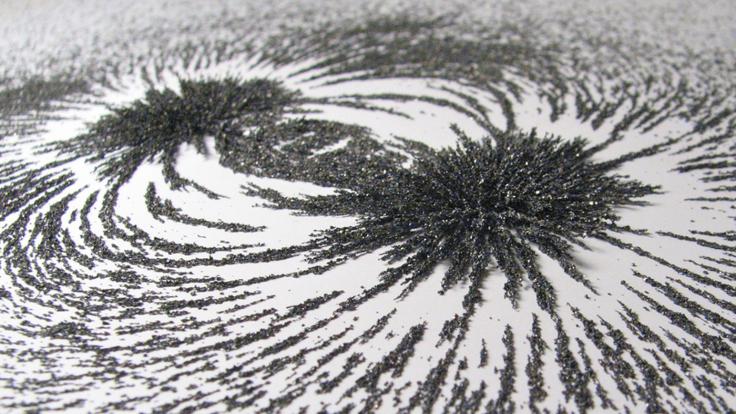Richard Feynman, the eccentric genius who shared the 1965 Nobel Prize in Physics, was also known for his popular writings and riveting lectures, his central role in determining the cause of the Challenger space shuttle accident, and his rambunctious spirit. That spirit is in full cry in this video of Feynman playing a drum and chanting an improvised riff on the subject of orange juice.
He wasn't the first scientist with a musical bent, and he won't be the last. As Tona Kunz writes in this issue of symmetry.
Music and physics go back a long way. The Greeks used musical constructions to explain the orbits of planets. Albert Einstein played the violin. Werner Heisenberg played piano. Richard Feynman played bongos. Even today, college courses and popular science books such as Brian Greene's The Elegant Universe use musical analogies to explain string theory.
The tradition continues at particle physics labs around the world with bands such as Les Horribles Cernettes, Blue Wine, the Canettes Blues Band, and Drug Sniffing Dogs--not to mention Lynda Williams, the Physics Chanteuse, who croons about things like the demise of the Superconducting Super Collider and the "Love Boson," an unmeasurable particle that mediates the force of love.
I can prove science is super-sexy,” she says. “I don't mean pornographic; I mean titillating. It's cool. It's slick. String theory and high-energy particle physics are as cutting edge as there is. People are really, really interested in smart, sassy, sexy science and that is what I do.”






